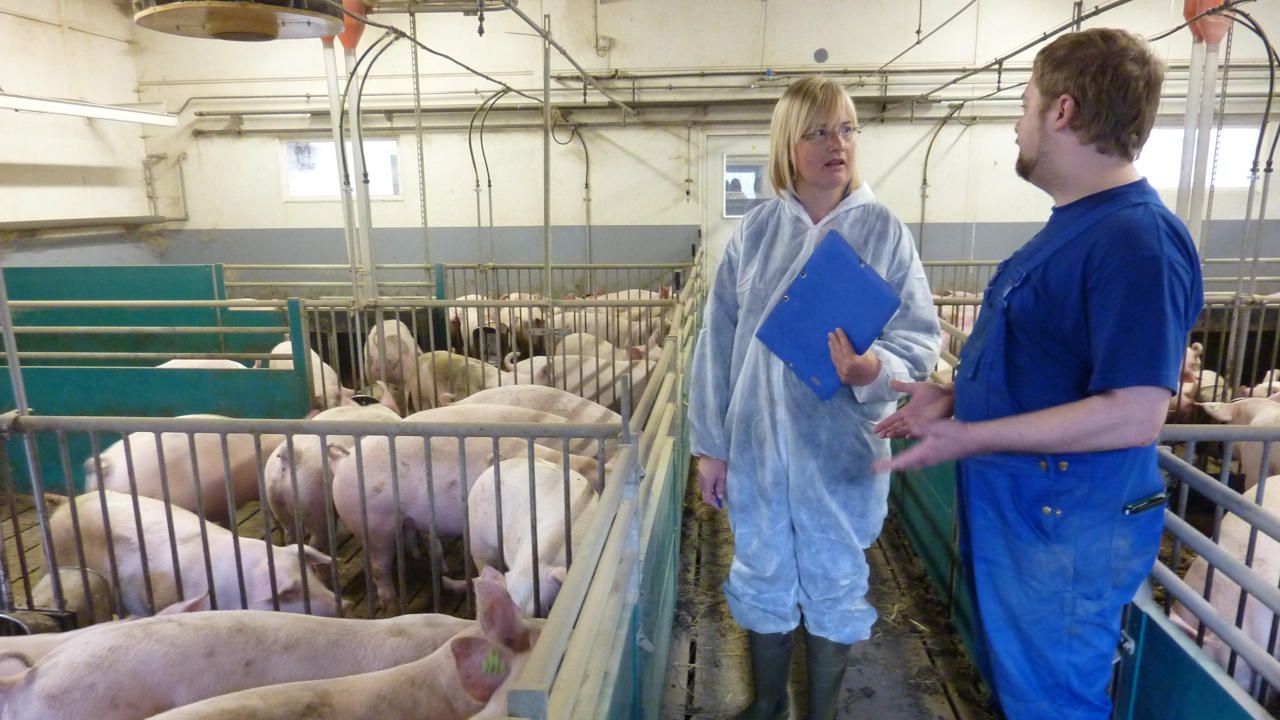Responsive approaches for improving inspection processes

Subject
Welfare inspection, communication
Target audience
Welfare inspectors
In a review, EURCAW-Pigs suggests different approaches that inspectors and competent authorities can use to develop the inspection procedures. The review aims at rethinking and developing responsive approaches to the communication part of the inspection process.
Six suggestions
The alternative approaches are organized in the following six categories:
- Conducting inspection in pairs during training and/or everyday inspection.
- Calibration-training in participatory inspector groups.
- Management-support of inspectors.
- Training and using motivational interviewing by inspectors in the dialogue with economic operators.
- Training and using methodologies on how to deliver bad news in the dialogue with economic operators.
- Using communication models for training of inspectors - The Calgary-Cambridge Guide including use of videos.
Communication model
Some of the suggestions might already be known and used in different Member States (MS). For example, to conduct inspection in pairs is supported by research, and the Calgary-Cambridge model is well known as a communication model in the human medical world and in veterinary education and clinics. We suggest a communication model that can be used during animal welfare inspections. However, such a model should be developed further by the different competent authorities to fit the different tradition for inspection in the Member States.
Introphoto: Model, inspection (©Inger Anneberg)
